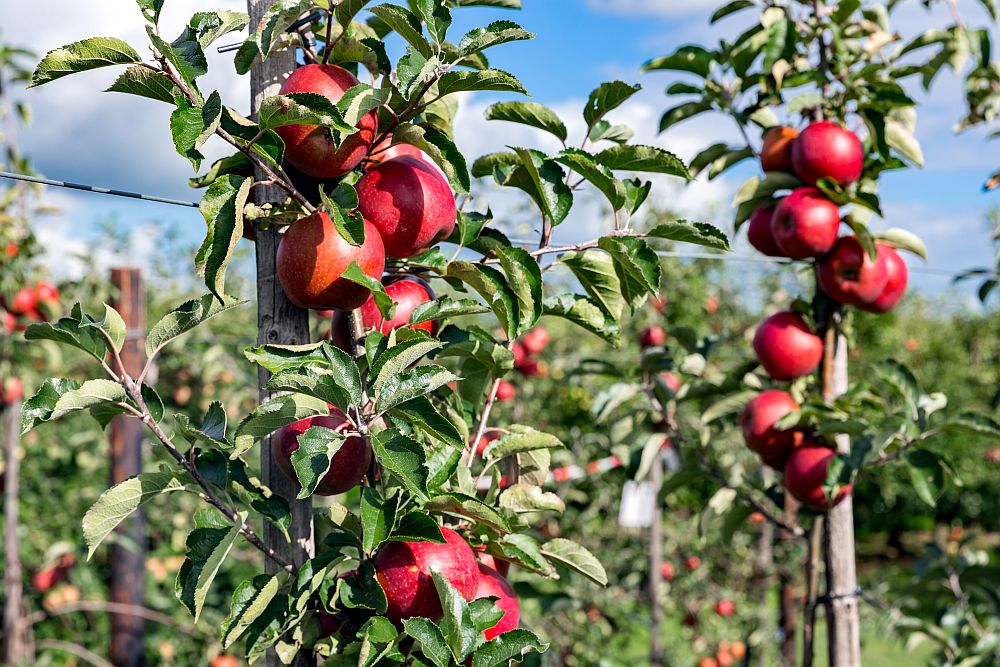
[Image above] Credit: Critical Materials Institute; YouTube
Last year, rare earths were a hot topic on Ceramic Tech Today.
We reported on the mission and priorities of the Critical Materials Institute. We covered efforts of American Elements’ CEO to persuade the federal government to take over the closed rare earth mining facility in California to revitalize rare earth production domestically.
We shared some news about new projects the Department of Energy is funding to revive domestic rare-earth element production. And just two months ago, the DOE announced the discovery of rare-earth elements in U.S. coal basins.
The U.S. Geological Survey has recently identified 23 minerals, including rare earths, that are essential to the U.S. economy and national security and have the potential to pose a supply risk to the U.S. A quick look at highlights from ACerS Bulletin’s recent annual commodity summary indicates that eight minerals related to the ceramic and glass industries are on the USGS list—and none are produced in the U.S., with the exception of lithium.
But there may be some light at the end of the mineral mine tunnel, so to speak. Just before Christmas, President Trump signed an executive order to “reduce the nation’s vulnerability to disruptions in the supply of critical minerals, which constitutes a strategic vulnerability for the security and prosperity of the United States,” according to section 3 of the executive order.
“The United States must not remain reliant on foreign competitors like Russia and China for the critical minerals needed to keep our economy strong and our country safe,” Trump said in a statement reported in The Washington Post.

Credit: Terence Wright; Flickr CC BY-NC-SA 2.0
Critical minerals are important components in a number of applications, including military, commercial, and industrial. The electronics, solar, nuclear, metallurgy, steel, ceramics, glass, pharma, energy, and many other industries rely on critical minerals in their development and production.
The executive order has four initiatives:
- Identifying new sources of critical materials;
- Increasing supply chain activity—starting with exploration and mining to the end result of reprocessing and recycling;
- Ensuring that miners and producers have access to advanced geological and topographical data for the U.S.; and
- Streamlining leasing and permit processes to accelerate exploration, production, processing, reprocessing, recycling, and refining of critical minerals in the U.S.
China currently leads the world in the production of 20 out of the 23 critical minerals identified in the USGS list—and that includes rare earth production.
“It is time for the U.S. to take a leading position,” Interior Secretary Ryan Zinke says in The Washington Post article, referring to the production of minerals. “And it’s not that we don’t have the minerals in the U.S. It’s likely we do.”
The president asked the secretaries of several departments to provide a strategy for reducing U.S. reliance on critical materials, which includes assessing progress toward developing recycling and reprocessing technologies and creating technological alternatives to critical minerals.
And although the federal government wants to do everything it can to increase production of critical minerals in the U.S., there may be a couple of hurdles to overcome—including limited availability of domestic reserves of a few minerals, according to commodities reporter William Clarke of Industrial Minerals. And Mountain Pass, the last U.S.-owned rare earth mine, purchased by a Chinese consortium last year, still hasn’t reopened.
The president’s executive order comes at the heels of his promise to enact tougher penalties against China’s trade policies. And when nearly 90% of the critical minerals are imported from China, the directive is a good first step toward lessening our dependence on critical mineral imports.
You can read the president’s executive order here. To read the entire USGS report on all 23 critical minerals, visit this link.
Did you find this article interesting? Subscribe to the Ceramic Tech Today newsletter to continue to read more articles about the latest news in the ceramic and glass industry! Visit this link to get started.
Author
Faye Oney
CTT Categories
- Environment
- Market Insights
Related Posts
More than just tiles: Kaolin’s surprising role in food production
September 23, 2025
‘Fairy circles’ may help mark natural underground hydrogen deposits
September 18, 2025

